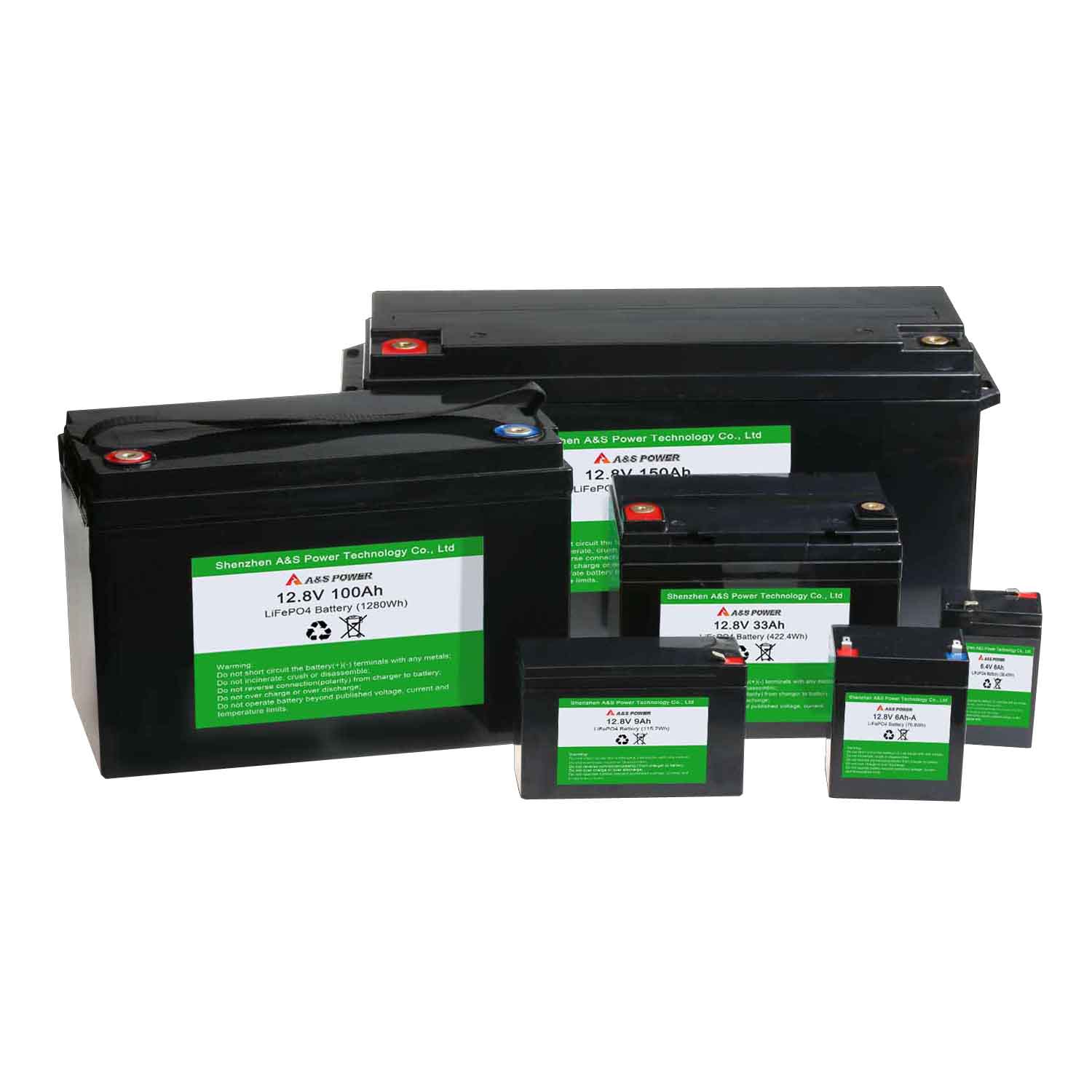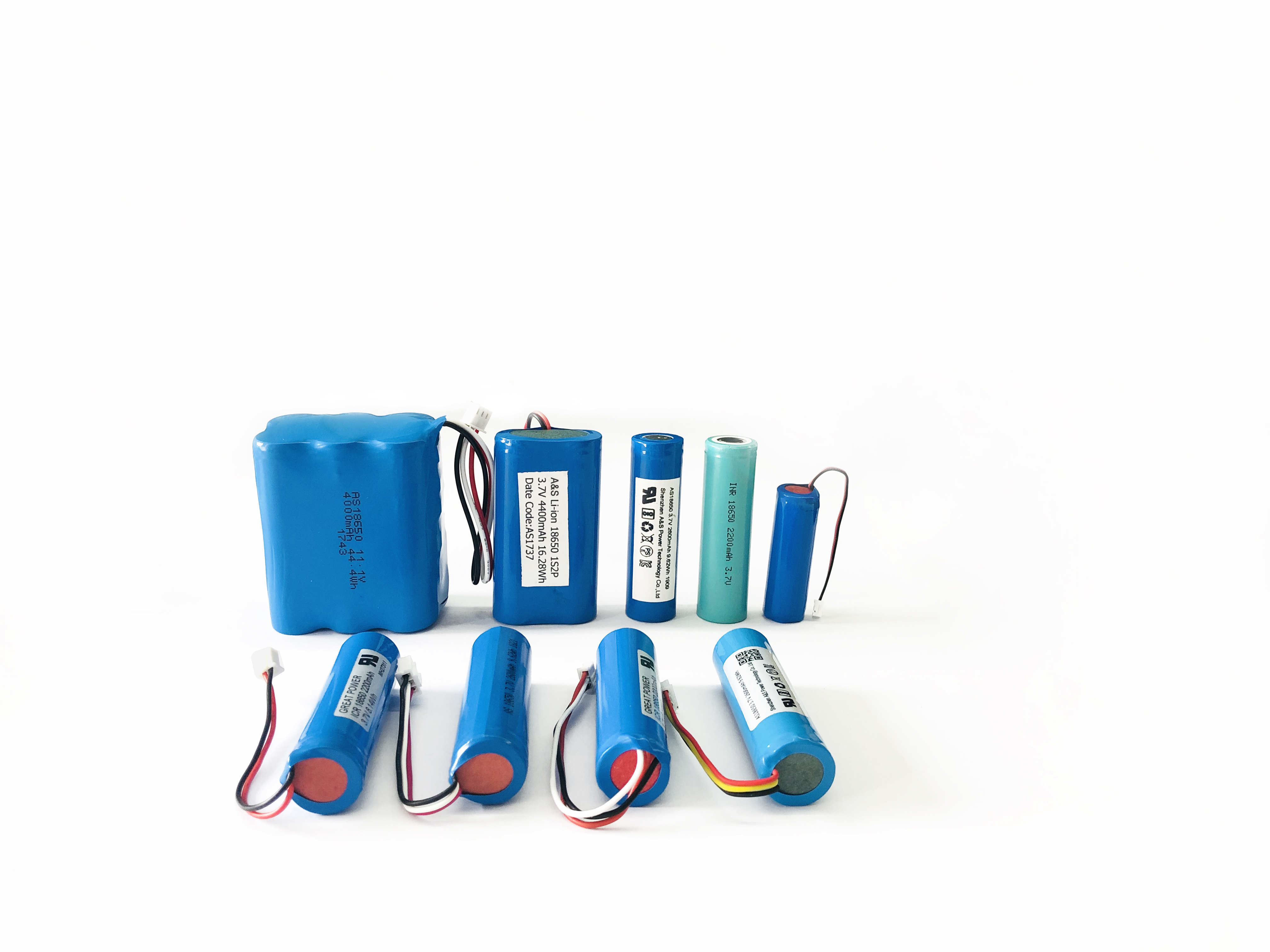Battery
Application
Hot product
Contact us
Seven advantages of lithium iron phosphate battery
2021-07-02
Working principle
Lithium iron phosphate battery refers to a lithium ion battery using LiFePO4 as a positive electrode material. The positive electrode materials of lithium ion batteries mainly include lithium cobalt oxide, lithium manganate, lithium nickel oxide, ternary materials, and LiFePO4. Among them, lithium cobalt oxide is the cathode material used in most lithium ion batteries.


The result of the over-discharge to zero voltage test is that the battery has no leakage after 7 days of storage at zero voltage, and the performance is good, the capacity is 100%; after 30 days of storage, there is no leakage, good performance, and the capacity is 98%; after 30 days of storage, the battery is done 3 After the second charge and discharge cycle, the capacity returns to 100%.
This test shows that even if the lithium iron phosphate battery is over-discharged (even to 0V) and stored for a certain period of time, the battery will not leak or be damaged. This is a characteristic not possessed by other kinds of lithium ion batteries.
Advantages of LiFePO4 battery
1. Improvement of safety performance
The P-O bond in the lithium iron phosphate crystal is stable and difficult to decompose. Even at high temperature or overcharge, it will not collapse and generate heat or form a strong oxidizing substance like lithium cobaltate, so it has good safety.
2. Improvement of lifespan
Lithium iron phosphate battery refers to a lithium ion battery using LiFePO4 as a positive electrode material.
Long-life lead-acid batteries have a cycle life of about 300 times and a maximum of 500 times, while lithium iron phosphate power batteries have a cycle life of more than 2000 times and can be used up to 2000 times with standard charging (5 hour rate).
3. Good high temperature performance
LiFePO4 electric heating peak can reach 350 ℃ -500 ℃ and lithium manganate and lithium cobalt oxide only at about 200 ℃. The working temperature range is wide (-20C--75C), with high temperature resistance. The electric heating peak of lithium iron phosphate can reach 350℃-500℃, while lithium manganate and lithium cobaltate are only around 200℃.
4. Large capacity
Rechargeable batteries are often under full-filled conditions, and the capacity will quickly fall below the rated capacity value. This phenomenon is called the memory effect. Like nickel-metal hydride and nickel-cadmium batteries, there is memory, but lithium iron phosphate batteries have no such phenomenon. No matter what state the battery is in, it can be used with charging without having to discharge it before recharging.
6. Light weight
The volume of the LiFePO4 battery of the same specification capacity is 2/3 of the volume of the lead-acid battery, and the weight is 1/3 of the lead-acid battery.
7. Environmental protection
LiFePO4 batteries are generally considered to be free of any heavy metals and rare metals (nickel-metal hydride batteries require rare metals), non-toxic (SGS certification passed), no pollution, comply with European RoHS regulations, and are absolutely green and environmentally friendly battery certificates.
Lithium iron phosphate battery refers to a lithium ion battery using LiFePO4 as a positive electrode material. The positive electrode materials of lithium ion batteries mainly include lithium cobalt oxide, lithium manganate, lithium nickel oxide, ternary materials, and LiFePO4. Among them, lithium cobalt oxide is the cathode material used in most lithium ion batteries.


The result of the over-discharge to zero voltage test is that the battery has no leakage after 7 days of storage at zero voltage, and the performance is good, the capacity is 100%; after 30 days of storage, there is no leakage, good performance, and the capacity is 98%; after 30 days of storage, the battery is done 3 After the second charge and discharge cycle, the capacity returns to 100%.
This test shows that even if the lithium iron phosphate battery is over-discharged (even to 0V) and stored for a certain period of time, the battery will not leak or be damaged. This is a characteristic not possessed by other kinds of lithium ion batteries.
Advantages of LiFePO4 battery
1. Improvement of safety performance
The P-O bond in the lithium iron phosphate crystal is stable and difficult to decompose. Even at high temperature or overcharge, it will not collapse and generate heat or form a strong oxidizing substance like lithium cobaltate, so it has good safety.
2. Improvement of lifespan
Lithium iron phosphate battery refers to a lithium ion battery using LiFePO4 as a positive electrode material.
Long-life lead-acid batteries have a cycle life of about 300 times and a maximum of 500 times, while lithium iron phosphate power batteries have a cycle life of more than 2000 times and can be used up to 2000 times with standard charging (5 hour rate).
3. Good high temperature performance
LiFePO4 electric heating peak can reach 350 ℃ -500 ℃ and lithium manganate and lithium cobalt oxide only at about 200 ℃. The working temperature range is wide (-20C--75C), with high temperature resistance. The electric heating peak of lithium iron phosphate can reach 350℃-500℃, while lithium manganate and lithium cobaltate are only around 200℃.
4. Large capacity
Rechargeable batteries are often under full-filled conditions, and the capacity will quickly fall below the rated capacity value. This phenomenon is called the memory effect. Like nickel-metal hydride and nickel-cadmium batteries, there is memory, but lithium iron phosphate batteries have no such phenomenon. No matter what state the battery is in, it can be used with charging without having to discharge it before recharging.
6. Light weight
The volume of the LiFePO4 battery of the same specification capacity is 2/3 of the volume of the lead-acid battery, and the weight is 1/3 of the lead-acid battery.
7. Environmental protection
LiFePO4 batteries are generally considered to be free of any heavy metals and rare metals (nickel-metal hydride batteries require rare metals), non-toxic (SGS certification passed), no pollution, comply with European RoHS regulations, and are absolutely green and environmentally friendly battery certificates.











